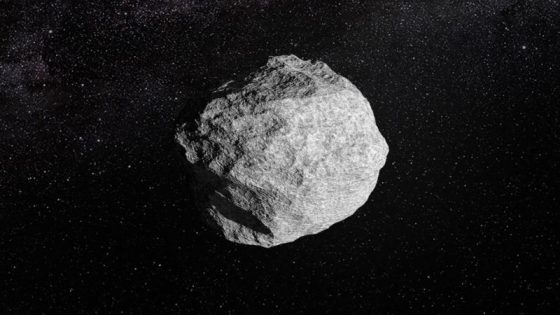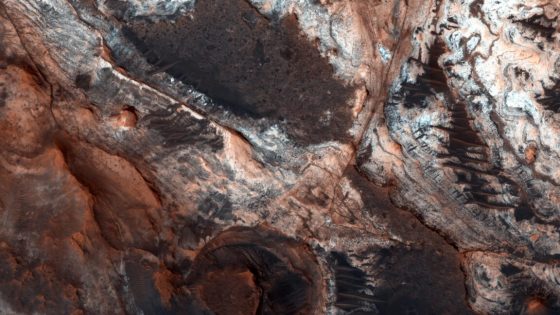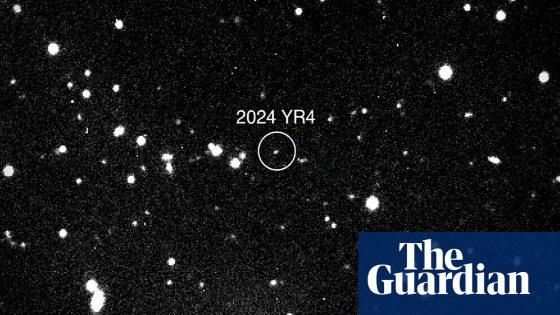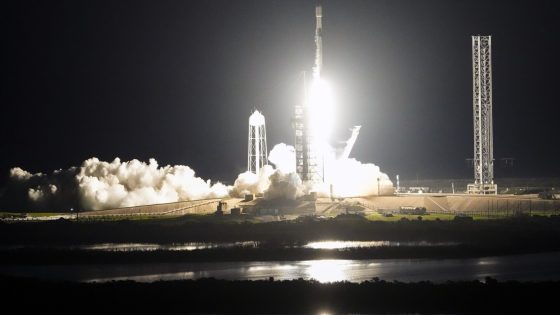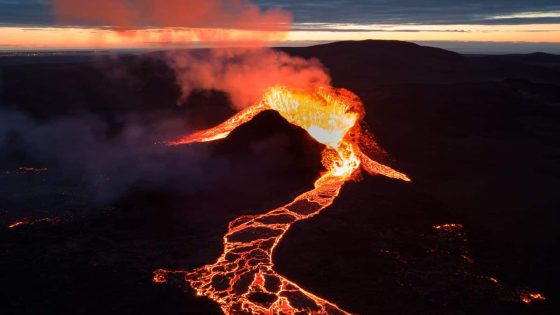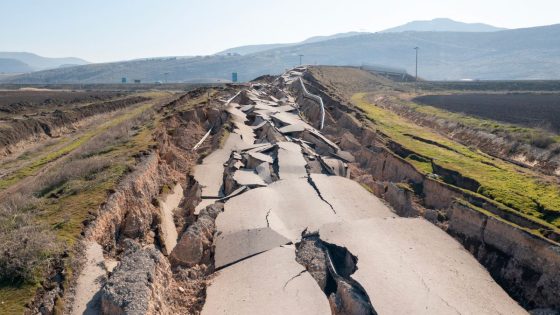A newly discovered asteroid, named 2024 YR4, poses a slightly increased risk of impacting Earth on December 22, 2032. As of February 7, 2025, the European Space Agency reports a 2.2% chance of collision, up from 1.2% just a week earlier. What does this mean for US?
- Asteroid 2024 YR4 has a 2.2% impact risk.
- Observations may reduce impact probability over time.
- Size estimated between 131 to 295 feet.
- Historical asteroid impacts caused significant damage.
- International groups activated for asteroid monitoring.
- Mitigation strategies are currently premature discussions.
What Are the Implications of Asteroid 2024 YR4 for the united states?
With the asteroid’s risk level rising, many wonder how this affects the U.S. Could it lead to potential disaster? Scientists stress that ongoing observations will clarify the asteroid’s trajectory. The more we learn, the better we can prepare.
How Scientists Track and Analyze Near-Earth Asteroids
Tracking asteroids like 2024 YR4 involves advanced technology and international collaboration. Scientists use telescopes around the world to gather data, refining predictions about the asteroid’s size and path. Here are some key points:
- Asteroids of this size can cause significant local damage.
- 2024 YR4 is estimated to be between 131 and 295 feet wide.
- Tracking data helps predict future positions accurately.
- International groups are activated to assess potential impacts.
Understanding the Risks: What Happens If It Hits?
If 2024 YR4 were to collide with Earth, the consequences could be severe. At high speeds, even a small asteroid can cause extensive damage. For instance, a similar-sized asteroid in 1908 flattened forests in Siberia. Here’s what we know:
- The asteroid could create blast damage up to 31 miles from the impact site.
- Past asteroid impacts have caused injuries and destruction.
- Monitoring efforts are ongoing to assess the risk level.
The Role of International Collaboration in Asteroid Monitoring
NASA and the European Space Agency (ESA) work together to track near-Earth objects. Their collaboration is crucial for global safety. They utilize advanced technology to monitor asteroids and develop potential mitigation strategies. Here’s how they operate:
- Data sharing enhances tracking accuracy.
- International groups evaluate possible impact scenarios.
- Strategies may include deflecting the asteroid or preparing for evacuation.
In conclusion, while the risk from asteroid 2024 YR4 is currently low, ongoing monitoring and international cooperation are essential. As we gather more data, we can better understand this asteroid’s path and potential impact on Earth.



